The purpose of this Handbook is to shed light on an area of technology in which there was formerly little or no information. In the early days of Radio when investigation into the characteristics of circuit components was being made, it was determined that the inductor was the main source of circuit losses, and that the contribution by the capacitor was negligible.
Although this was certainly true for narrow-band, vacuum tube voltage amplifiers up to a few Megahertz, today, high-power, low impedance, wide band transistors at many hundreds of Megahertz are commonplace, and this combination of microwave frequency, high RF current, and ultra-high current density due to ever smaller size has made the losses in the capacitor a significant factor in circuit efficiency. Even in cases where the inductor is still the dominating loss element, transistor gains are often so low (3 to 8. dB) that fractions of a dB in wasted RF power have become intolerable economically. In fact, at low impedance levels, such as the input to a power transistor, the current concentration in miniature capacitors so affects the capacitor’s contribution to the loss of RF energy that it may exceed that of the inductor.
In the light of these problems, AT undertook to provide the engineer with practical design data. To accomplish this:
Considerable research was done into present day literature on the effects of capacitors on RF circuit performance in an attempt to locate usable information. Little seemed available.
Ultimately it appeared that the uncondensed, oldest texts were often the most lucid in discussing circuit efficiency. Unfortu-nately, they neither treated capacitor types nor frequencies, impedance levels, or current densities appropriate to today’s circuit techniques.
Therefore, Transmission Loss tests specifically oriented toward modern capacitors were formulated, fixtures designed and built, and tests run over a wide frequency range. The results of these tests gave rise to Application Notes which mathematically detailed the relationship between capacitor dissipation loss and the efficiency of tuned networks.
In contrast with a standard textbook presentation, this Handbook does not restrict itself in scope of content or audience technical level. It not only introduces the reader to the theoretical capacitor of a set of electrodes in a dielectric, but going further, examines the impact of basic capacitor characteristics on benchwork considerations important to the circuit designer.
This handbook contains
? theoretical and empirical high-frequency circuit-design equations.
? ??characteristics of capacitor dielectrics, especially at high RF power levels and frequencies.
? ??actual test data at frequencies from 100 MHz to 3 GHz.
? ??practical design techniques for significantly increasing:
? ??gain and power
? ??DC-to-RF conversion efficiency
? ??bandwidth
? ?transistor lifetime
? ??circuit MTBF
? ??low-noise performance
? ??your knowledge and understanding of high-frequency, high power effects on capacitors, and their influence on circuit design and performance.
We sincerely hope that this will provide you with practical, specific answers in many of the formerly ?gray areas? of RF circuit design.
To reduce those areas of uncertainty which have cast the shadow of Alchemy across high frequency work, we offer to Handbook users the opportunity to contribute articles to the Second Edition which will tend to clarify UHF design for both the neophyte and the Senior Engineer.

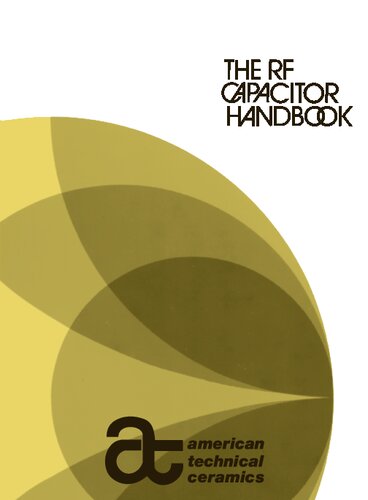
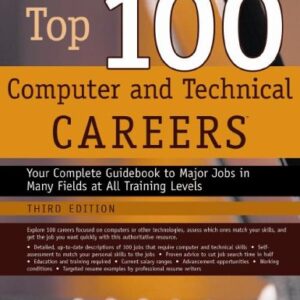
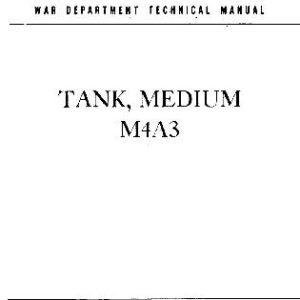
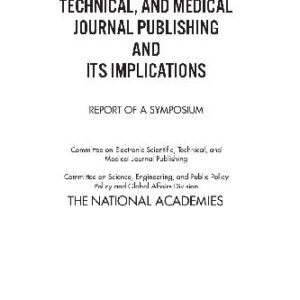
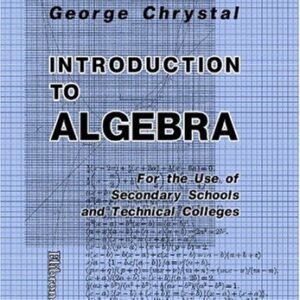
Reviews
There are no reviews yet.